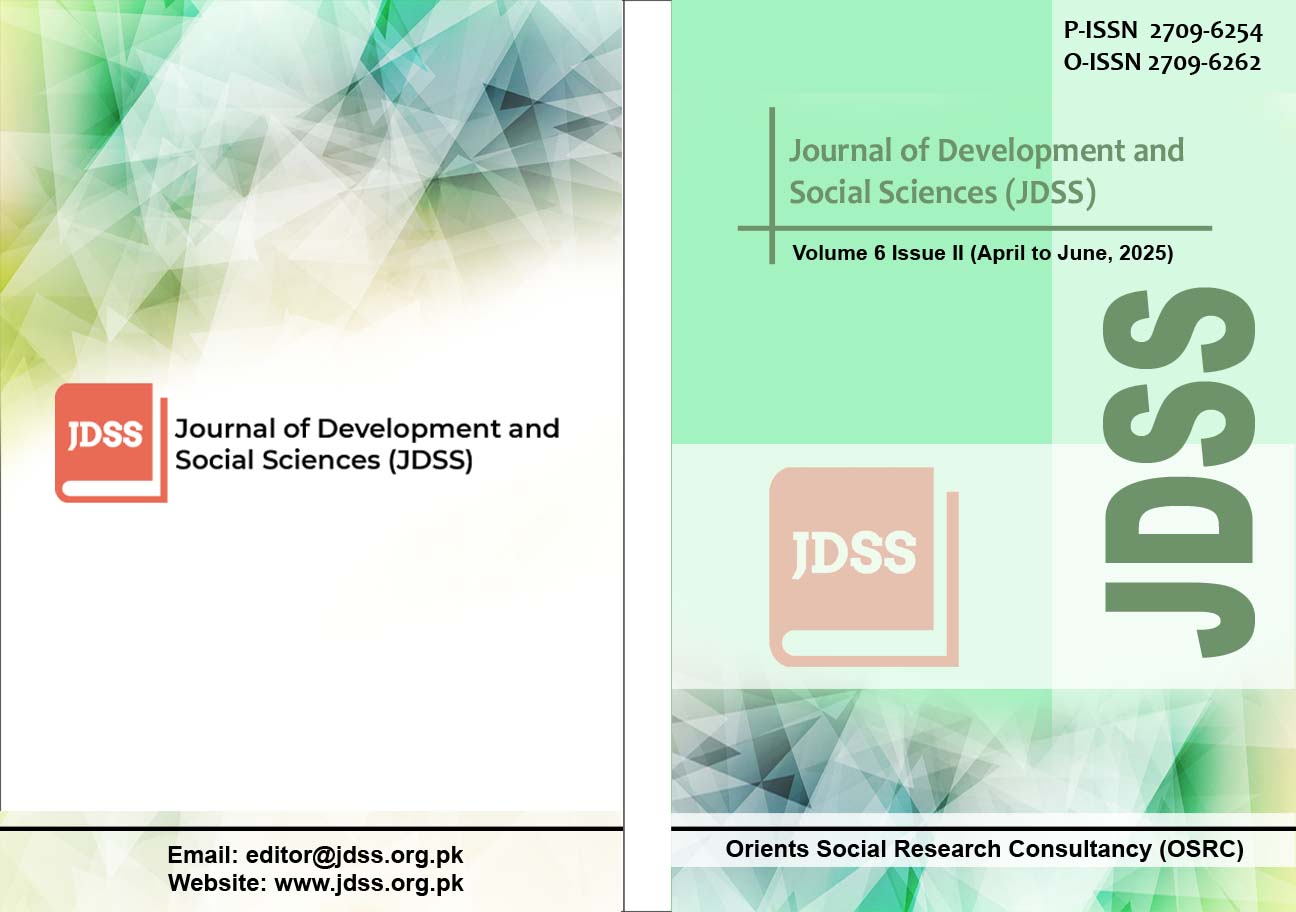Social media Analytical Tools: A Review of its Application, Challenges and Future Trends
DOI:
https://doi.org/10.47205/jdss.2025(6-II)35Keywords:
Social Media Analytics, Facebook, Twitter, Youtube, Social Media ToolsAbstract
Social media contains a lot of user uploaded data in different formats like text, images, photos, video etc. These large volumes of data are converted in meaningful information which can be understood using different methods and tools which are called social media analytics. This paper presents the report of a social media analytics (SMA). The review conducted to find out the methods, tools Application, Challenges and Future Trends used in social media analytics, types of social media platforms which the SMA are performed and the field which SMA has been performed. Literature suggested that the social media platforms which were mostly used are twitter, Facebook, YouTube, trip advisor and blogs. Moreover, SMA has been observed in different fields like agriculture, politics, health, social and business sector. It has been observed that numerous challenges are faced by businesses in adopting social media analytical tools to support the knowledge-based business strategies. Correspondingly, the present-day corporate challenges from the perspective of social media analytics in its adoption for corporate decisions have been outlined. The paper also offers recommendations such as conducting cross-platform analysis, incorporation of AI, immediate analytics and predictive analytics in SMA for better decision making.
Downloads
Published
Details
-
Abstract Views: 189
PDF Downloads: 148
How to Cite
Issue
Section
License
Copyright (c) 2025 Journal of Development and Social Sciences

This work is licensed under a Creative Commons Attribution-NonCommercial 4.0 International License.

ORIENTS SOCIAL RESEARCH CONSULTANCY (OSRC) & Journal of Development and Social Sciences (JDSS) adheres to Creative Commons Attribution-Non Commercial 4.0 International License. The authors submitting and publishing in JDSS agree to the copyright policy under creative common license 4.0 (Attribution-Non Commercial 4.0 International license). Under this license, the authors published in JDSS retain the copyright including publishing rights of their scholarly work and agree to let others remix, tweak, and build upon their work non-commercially. All other authors using the content of JDSS are required to cite author(s) and publisher in their work. Therefore, ORIENTS SOCIAL RESEARCH CONSULTANCY (OSRC) & Journal of Development and Social Sciences (JDSS) follow an Open Access Policy for copyright and licensing.







